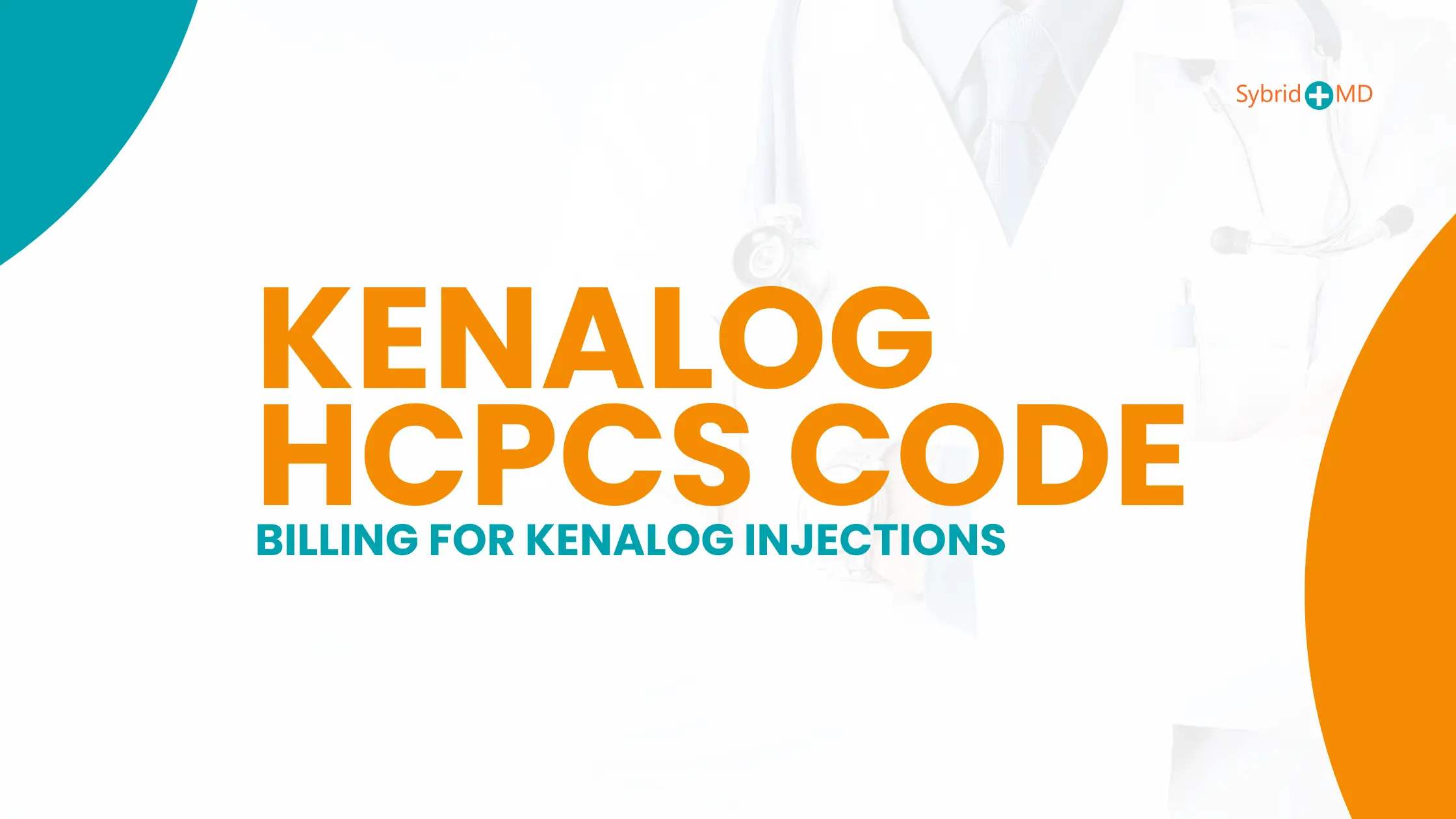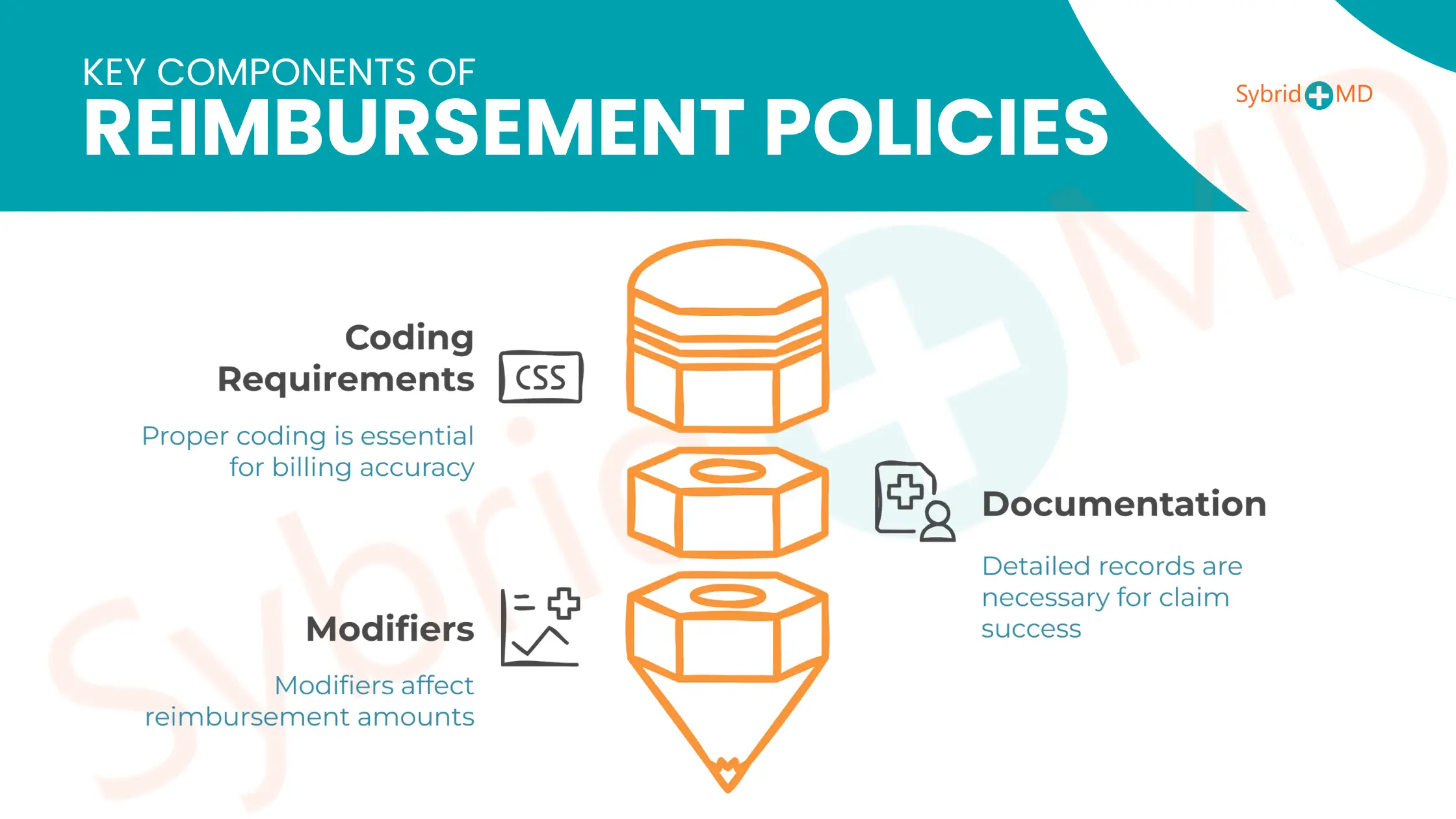Medical professionals frequently use Kenalog as an effective anti-inflammatory medication which has broad clinical applications. Healthcare providers use Kenalog to treat allergies together with arthritis and autoimmune diseases and other various health conditions. The correct billing and reimbursement process for medical services and supplies including Kenalog injectables requires Healthcare Common Procedure Coding System codes also known as HCPCS codes. This article provides detailed information about Kenalog HCPCS code and Kenalog 40 mg HCPCS code and related concepts that help healthcare providers and patients comprehend reimbursement processes better.
What is Kenalog?
Kenalog represents the pharmaceutical brand of triamcinolone acetonide which serves as an effective synthetic corticosteroid with both immune-suppressing and anti-inflammatory properties. The medication can be obtained through two delivery methods which include subcutaneous injectables and surface level creams. The medical community widely employs Kenalog for the treatment of diverse medical conditions.
Clinical Uses of Kenalog
Kenalog functions as a treatment medication for many medical issues such as:
- Inflammatory Arthritis: Such as rheumatoid arthritis, osteoarthritis, and bursitis.
- Skin Conditions: Like psoriasis and eczema.
- Allergic Reactions: Including allergic rhinitis and asthma.
- Eye Conditions: Such as uveitis.
Administration and Dosage
Healthcare professionals provide most Kenalog injection treatments. The amount required depends on what medical issue needs treatment and how the patient reacts to the medication. The treatment dosage for intra-articular joint injections spans from 2.5 mg to 5 mg as healthcare practitioners use intramuscular injections of up to 60 mg.
The Importance of HCPCS Codes in Healthcare
Healthcare providers use the standardized Healthcare Common Procedure Coding System (HCPCS) to document all services and both medications and supplies in addition to medical procedures. Insurance claims together with billing operations and reimbursement processing include this information as an essential element.
The HCPCS code system has two levels:
Within the HCPCS code system there are two distinct sections with a hierarchy: HCPCS Level I and Level II.
- Level I: The Level I part consists of procedural terminology codes from the CPT (Current Procedural Terminology).
- Level II: The second level HCPCS codes serve purposes beyond physician-related services and specifically aid in medical billing procedures for Kenalog injectable drugs.
Medical and government programs including Medicare and Medicaid together with private insurance suppliers rely on the accurate utilization of HCPCS codes for drugs and treatments to provide proper reimbursement.
The HCPCS Code for Kenalog
The main delivery method for Kenalog uses injections which corresponds with the specific HCPCS code that identifies this type of administration. The HCPCS coding system contains Level II drug injection codes for Kenalog injection treatment.
The selection of correct Kenalog injection HCPCS code depends on dosage and formulation because appropriate billing and reimbursement require accurate code identification.
HCPCS Code for Kenalog Injection
The billing code for Kenalog injections consists of: J3301
- Injection, triamcinolone acetonide, not otherwise specified, 10 mg.
- The standard HCPCS code J3301 does not list any specific dosage amount for its labeled triamcinolone acetonide substance. An injection of Kenalog can employ this code for all its diverse strengths.
HCPCS Code for Kenalog 40 mg
The HCPCS code used for Kenalog injections depends on the dosage amount of the specific formulation including the 40 mg strength. For example:
- The J3301 triamcinolone acetonide injection dosage is limited to 10 mg but healthcare providers should properly bill for Kenalog 40 mg based on the exact quantity given to each patient.
- Healthcare providers need to document the number of units they administer when giving a 40 mg Kenalog dose to verify correct payment for the increased dosage.
Understanding Billing for Kenalog Injection
Accurate Kenalog injection billing needs healthcare providers to understand the use of the HCPCS code together with ICD-10 diagnosis documentation requirements. Here’s a step-by-step process:
- Identify the HCPCS Code: Choose HCPCS code J3301 for 10 mg dosage while J3302 matches the 40 mg dosage.
- Document the Dosage: Medical records need to show the specific dosage amount correctly written together with units (this instance shows 40 mg).
- Use the Correct ICD-10 Code: Link this Kenalog injection treatment to the correct diagnostic code group for arthritis or allergies or any other problematic inflammatory problem.
- Submit the Claim: Present the finalized claim form together with the HCPCS code and ICD-10 code to the payer for insurance and Medicare processing.
Reimbursement Policies
Healthcare organizations process compensation payments through reimbursement policies for all services which includes the delivery of injectable drugs. Healthcare providers must follow various factors that make up reimbursement policies which include coding standards documentation needs for claims processing and payment parameters.
Key Components of Reimbursement Policies
Coding Requirements:
Medical professionals need to select the proper HCPCS codes while submitting bills for injected medications. The correct coding system for Kenalog is J3301 which designates “Injection, triamcinolone acetonide, not otherwise specified, 10 mg” in the healthcare sector2. Proper reimbursement for injection services can be obtained by including the drug code and appropriate administration codes such as CPT 96372 alongside the code2.
Documentation:
Precise documentation stands as a necessary factor for achieving payment claims success. The documentation must include precise records about the medication given along with its dosage and diagnosis of the treated patient as well as maintaining all necessary treatment documentation. Medical payers need healthcare providers to use particular claim submission forms including CMS-1500 or UB04 forms according to their specifications.14
Modifiers:
Reimbursement amounts depend on modifiers used in the medical record as they show if drugs are consumed only partially or completely discarded.
Medicare Reimbursement Policies
Medicare operates under reimbursement terms that exceed the standards applied by standard private health insurance companies. Key points include:
The Medicare Modernization Act (MMA) established the Average Sales Price (ASP) as a reimbursement basis where manufacturers must report their sales data quarterly to obtain 106% of the reported price. Medicare reimbursement payments adjust according to current market rates in the pharmaceutical industry.
- Limitations on Frequency: Medicare policy restricts the number of times health professionals can administer specific injections for their patients. When a patient gets repeated Kenalog injections within quick succession Medicare will only pay for one injection during a three month period2.
- Diagnosis Verification: Medicare denies payment when the medical condition for which Kenalog was prescribed violates official approved usage criteria. The documentation of use indication must both include Medicare-defined coverage requirements and show evidence of appropriate use.
Medicaid Reimbursement Policies
Different states implement their own distinct Medicaid reimbursement procedures because of which there is significant policy variation across states.
- State-Specific Guidelines: Every Medicaid program in each state enforces different specifications about prescription drug coverage standards as well as payment compensation systems. Providers must complete their state-specific guidelines research to stop claim denials from occurring.
- Prior Authorization: The prescription and dosage administration of Kenalog under certain circumstances demands prior authorization from various states. The medical need of treatment must first be backed by documentation through the submission process before medical practitioners can provide Kenalog.
Private Insurance Payers
Private insurance companies operate under specific reimbursement systems which stand individual from Medicare and Medicaid guidelines.
- Contractual Agreements: The reimbursement system and its policies usually exist as parts of agreements between both medical facilities and insurance firms. Private insurance programs establish negotiated rates instead of using standard medical billing codes to determine reimbursement payments.
- Variable Coverage: Private insurance companies apply inconsistent coverage rates when it comes to prescribing Kenalog through injectable treatments. Insured customers must follow step therapy processes and particular formulary limitations when their plan considers coverage for Kenalog.
Common Errors and Pitfalls in Kenalog Billing
Healthcare providers must remain alert to frequent billing process flaws in order to prevent delayed payments as well as rejected claims. The most frequently encountered Kenalog billing mistakes include these and other issues:
- Incorrect HCPCS Code: An insurance reimbursement claim may be denied when the provider uses a wrong or non-current version of the HCPCS code for Kenalog.
- Units Mismatch: Reimbursement issues occur when healthcare providers document the wrong number of units administered both by confusing doses or by neglecting to adjust the dose to 40 mg.
A claim will get rejected when the Kenalog injection lacks an appropriate diagnosis code.
- Overbilling or under billing: Accurate recording of dosages and amounts remains essential since inaccurate billing may cause both allegations of fraud and financial errors.
Conclusion
Accurate implementation of the HCPCS code for Kenalog plays a decisive role in obtaining proper reimbursement payments. Healthcare providers should familiarize themselves with the correct HCPCS codes, such as J3301 for general triamcinolone acetonide injections, and ensure that accurate documentation is provided when billing for Kenalog injections in various healthcare settings. By understanding coding requirements, documentation standards, and payer-specific guidelines, providers can optimize their billing practices and improve their chances of receiving timely reimbursements for injectable medications like Kenalog. Healthcare providers need to stay educated about ongoing policy developments because healthcare environments will transform in the future.
Knowledge of correct billing procedures along with HCPCS code payment effects helps providers deliver prompt treatment to patients without financial hurdles. By proper coding procedures and meticulous attention to details the use of Kenalog streamlines operations between healthcare providers and patients.
People Also Asks about Kenalog HCPCS Codes:
What is the HCPCS code J3301?
HCPCS code J3301 represents the billing code for triamcinolone acetonide injections at 10mg dosage. This code identifies “Injection” triamcinolone acetonide “not otherwise specified” at “10 mg.
What is the difference between J3300 and J3301?
The J3300 and J3301 represent different versions of the same product line where J3301 functions as an advanced or modernized version. The variations between these codes might include small hardware and software modifications coupled with additional features. The differences between specific products require additional detail which depends on their category. Contextual information determines exact points of distinction.
What is the HCPCS code for Kenalog 10 mg?
The medical coding system uses J3300 to refer to the brand distribution of Kenalog 10 mg which contains triamcinolone acetonide injection. Healthcare professionals utilize J3300 when they need to code and bill the 10 mg dose of triamcinolone acetonide injection.
What is HCPCS code J3111?
The HCPCS code J3111 specifies Injection denosumab 1mg used as a medical treatment for osteoporosis and specific bone density disorders including cancer.


